Phillips Fidelio L4

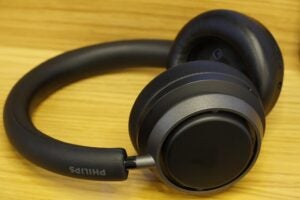
Philips’ upcoming headphones are building up to be a solid contender, covering all the features expected from a headphone of its status and price while keeping true to its history. It’ll be interesting to see how it fares in the current marketplace and whether it has the performance to upset the like of Sony and Bose.
Availability
- UKRRP: £349.99
- EuropeRRP: €349.99
Key Features
- Bluetooth audio streamingSupport for SBC, AAC, LDAC and LC3 Audio
- ANCAdaptive noise-cancellation with transparency mode
- Bespoke 40mm driversRedesigned driver configuration that produces lower distortion
The successor to the award-winning Fidelio L3 headphones are on their way in the Fidelio L4, boasting a number of refinements and improvements.
Since the L3’s launch in 2021, the competition has only gotten tougher with the likes of the AirPods Max, Beats Studio Pro, Bose QuietComfort 45, Sony WH-1000XM5, Sennheiser Momentum Wireless 4, Technics EAH-A800 and – you get the drift. There have been a lot of noise-cancelling over-ears recently all vying for a spot on your head.
I had a listen at Philips’ TV and Audio event in Barcelona, and here are my first impressions.
The Fidelio L4 will go on sale in early October through launch partner Amazon priced at £349.99 / €349.99, which puts them right up against the likes of the WH-1000XM5 and the Beats Studio Pro to name but two options.
Design
- Mirrors the look of its predecessor
- Feels nice to wear
- Physical and touch controls
Aesthetically, the Fidelio L4 look a mirror image of the L3 model but there have been changes. One, they’re 10% lighter (320g vs 360g) and the headphones are slightly smaller, but according to Philips the new model has a larger internal ear cup volume that ought to improve sound quality and make space for larger ears.
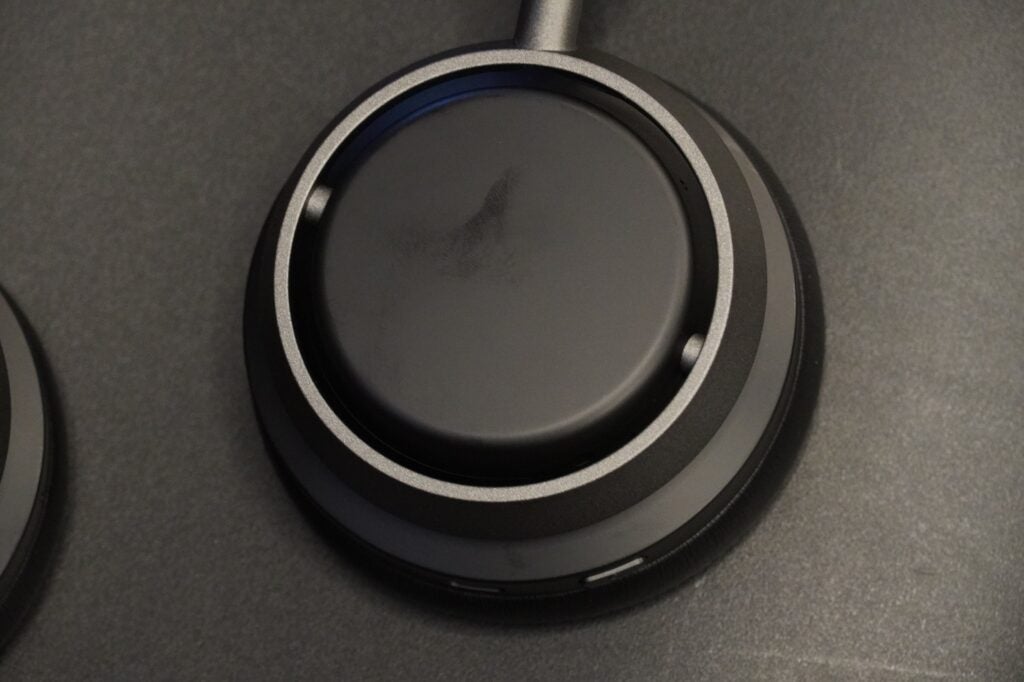
The slider is now ‘stepless’ so when the headband is adjusted it should sound smoother instead of going ‘click, click, click’. An issue I had with the headphones is that the size of the headphones’ earpads caused a little ache around my ears and cheekbone. Philips has revised this area with a soft new synthetic leather on the earpads made by Scottish tailors Muirhead to spread pressure more evenly to improve comfort and reduce the clamping force.
In my short time wearing them I found the clamping force to be tight enough without causing undue pressure. The leather feel of the earpads has a nice, high-quality feel. It was only for ten minutes but the Fidelio L4 felt good to wear.
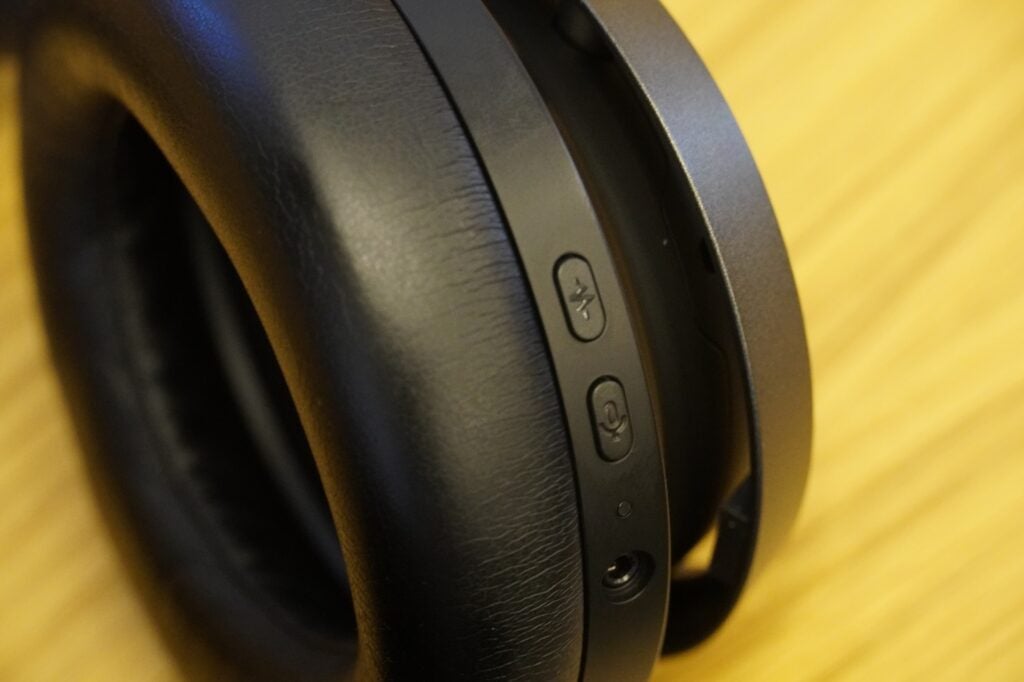
Like Batman’s gadgets and vehicles, they come in a black finish, with the aluminium mounting ring in a grey, steely colour to provide some contrast. Buttons are kept simple, power/playback/noise-cancellation and a button with a ‘mic’ symbol that I presume is the voice assistant button.
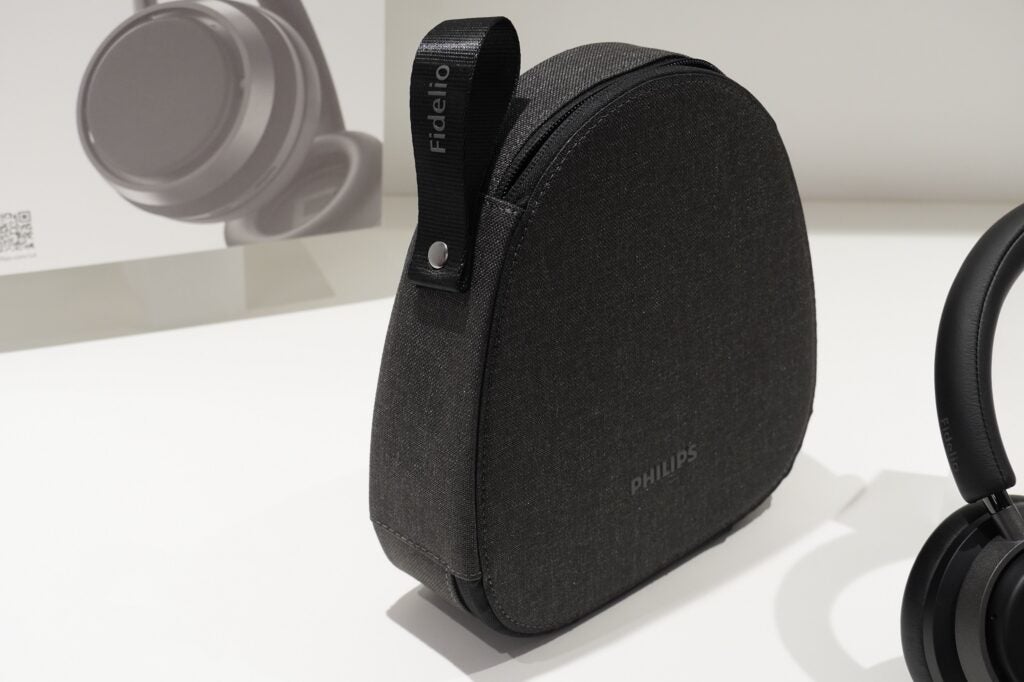
Features
- aptX Bluetooth ditched in favour of LDAC and LC3
- Adaptive Noise-cancellation
- 40-hour battery life
The Fidelio L4 has all the usual suspects: Adaptive Noise-Cancellation, Transparency Mode, Google Fast Pair, long battery life, wear detection (which works) – all that good stuff that’s expected from an ANC pair at this price point.
It’s also dropped one feature in particular – aptX support. Qualcomm’s aptX and aptX-HD have been banished and replaced with Sony’s LDAC. Bluetooth 5.3 support also includes LE Audio and the new LC3 audio codec that promises “genuine” hi-res audio with 32-bit/48kHz content. We shall see if that lives up to its claim soon enough. Hi-Res Audio is also possible via the supplied USB-C cable.
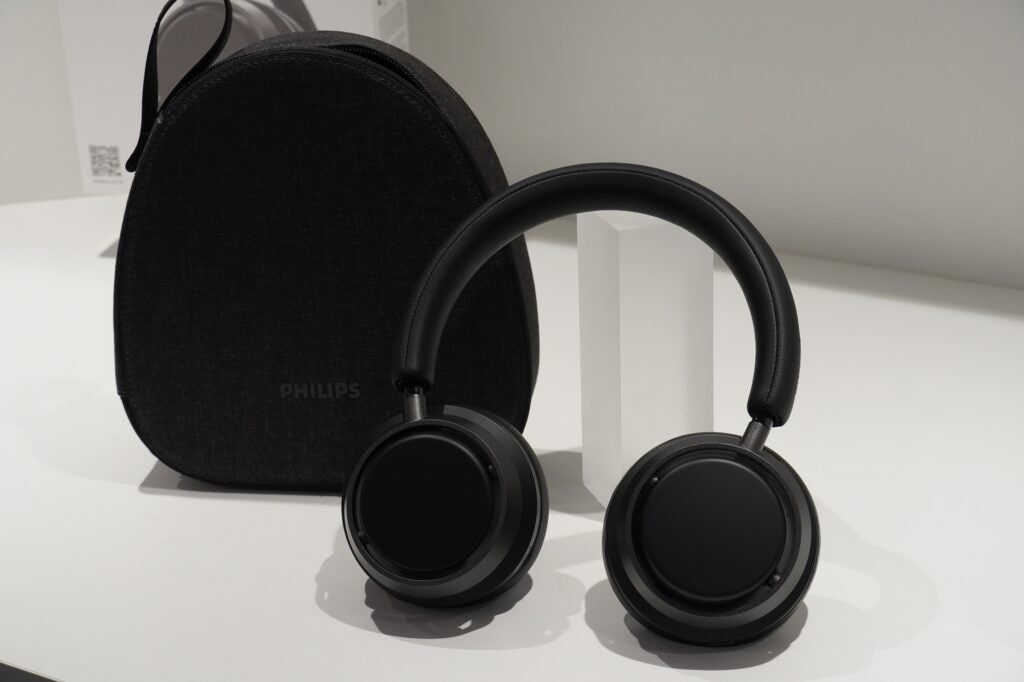
The adaptive four-mic hybrid ANC has been spliced with AI technology and Philips claims this combo can measure and cancel low and mid-range sounds with the “additional measuring of wind noise”, so it shouldn’t be put off its stride by most noises it encounters. Having spent a short time with them in a crowded room full of people talking, it reduces them all from a sizeable group to a background distraction. My first thought is that it’s very good, though short of the Sony WH-1000XM5 and Bose QuietComfort 45.
Battery life is 40 hours, a slight increase on the Fidelio L3’s 38, with Philips suggesting that 40 is more than enough for most (which is fair enough). I think the argument in the opposite direction is that more battery life equals less charging over the product’s life. You get 50 hours without noise-cancelling on, and it refills its entire tank in two hours; a quick charge of 15-minutes provides another two hours of playback.
Sound Quality
- Slightly warm sound
- Strong bass output
- Nice sense of small-scale dynamics
The Fidelio L3 had a slightly warm sound signature but still erring towards a balanced approach than a rich one. The Fidelio L4 feels as if it adopts the same idea, although the drive unit has been completely redesigned for this latest model.
It has a new bespoke 40mm driver that has graphene coating to “add additional stiffness” for lower distortion, producing a cleaner mid and high-frequency performance. Equipped with a FiiO portable music player and some tracks in varying quality, I must say that I like Philips’ approach to the low end.
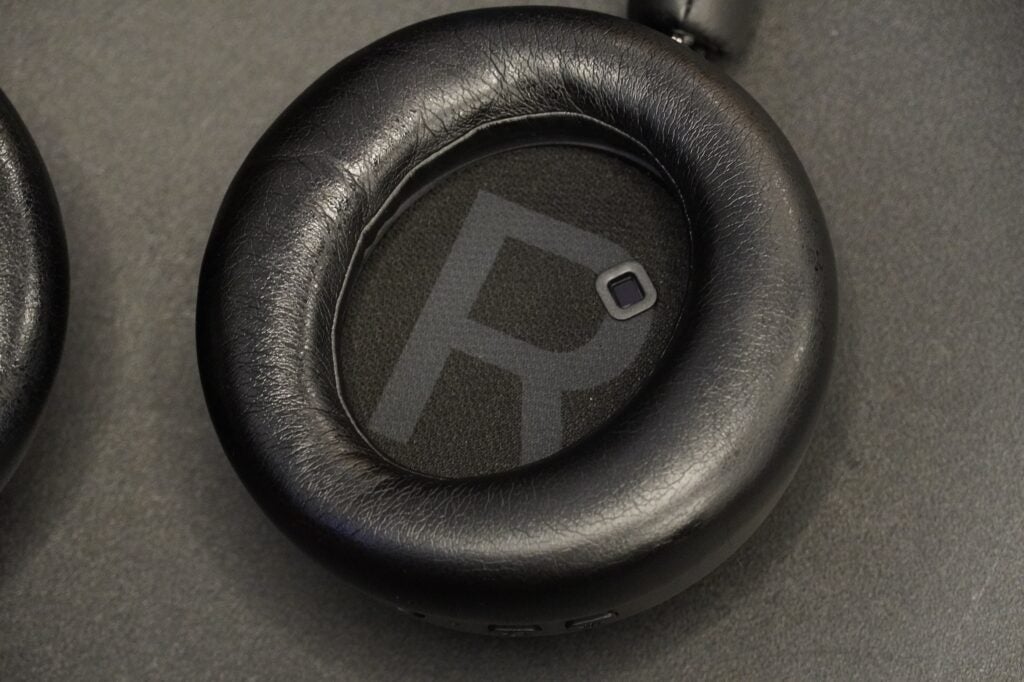
From Black Skinhead to Billie Eilish’s you should me in a crown, the Fidelio L4 displays a likeable bass output. It is at times tightly described but in Skinhead there’s some nice low-end slam to the bass, the extension of those notes feels very vivid, as does the stereo image which creates a sense of depth with the screams coming in from the sides. There’s energy and excitement to the Fidelio L4’s delivery of this track.
With Bowie’s Moonage Daydream the soundstage is drawn in wide terms, there’s good level of dynamism to the guitar riffs – it sounds as if it’s more to warm side of neutrality, beefing up the bass a little but not amping up the entire frequency to sound vastly different from what the track was meant to sound. I would say, and this might come across as weird, that it sounds a little like vinyl.
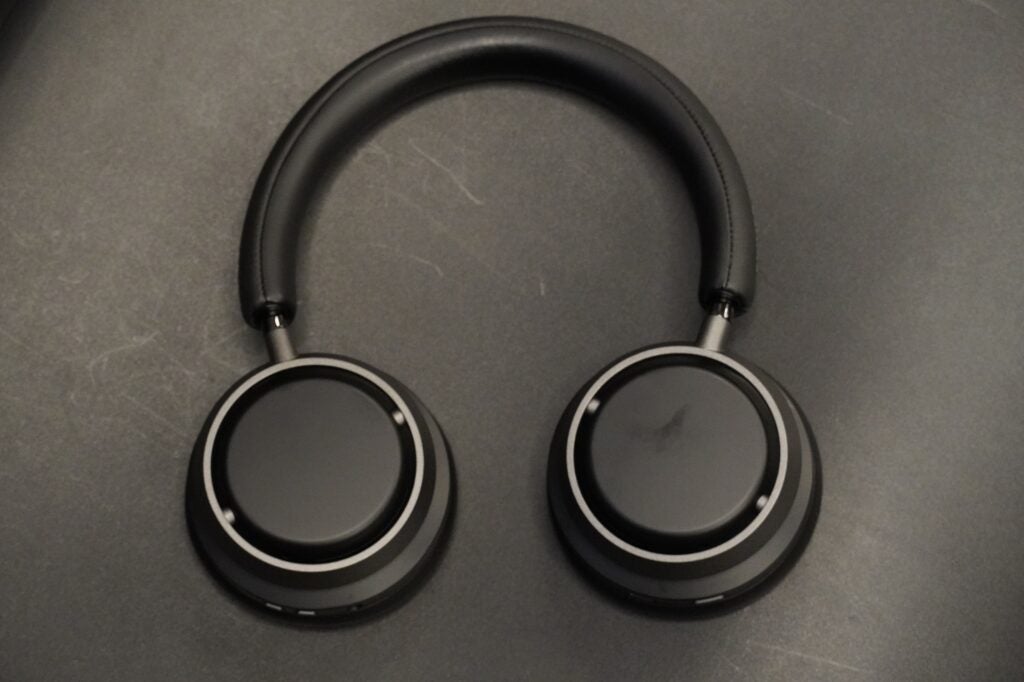
There’s also some effective dynamics parlayed from Rebecca Pidgeon’s voice in Spanish Harm with the string instruments provided with clarity and a fine sense of detail, that fleshes them out. But those high frequencies, at least with my short time with the headphones, weren’t played too bright.
First impressions
The Philips Fidelio L4 looks like they’re coming together nicely from this brief introduction. The noise-cancelling appears to be very good; they feel nice to wear, the sound quality features some nice extended bass but overall, these aren’t overly rich-sounding headphones. They appear faithful to Fidelio’s past while refining it a little more.
Arguably there’s no standout, must-talk about feature about the Fidelio L4, but is that necessarily a crime? I would say they’re not playing to immersive audio crowd, and the features are competitive with its price rivals. It may not be enough to mark them as better than some of their competitors, but for those who like what Fidelio represents as a brand name, there’s nothing here to suggest you won’t like what Philips has cooked up.
The post Phillips Fidelio L4 appeared first on Trusted Reviews.
Source Trusted Reviews ,Home Appliances Reviews

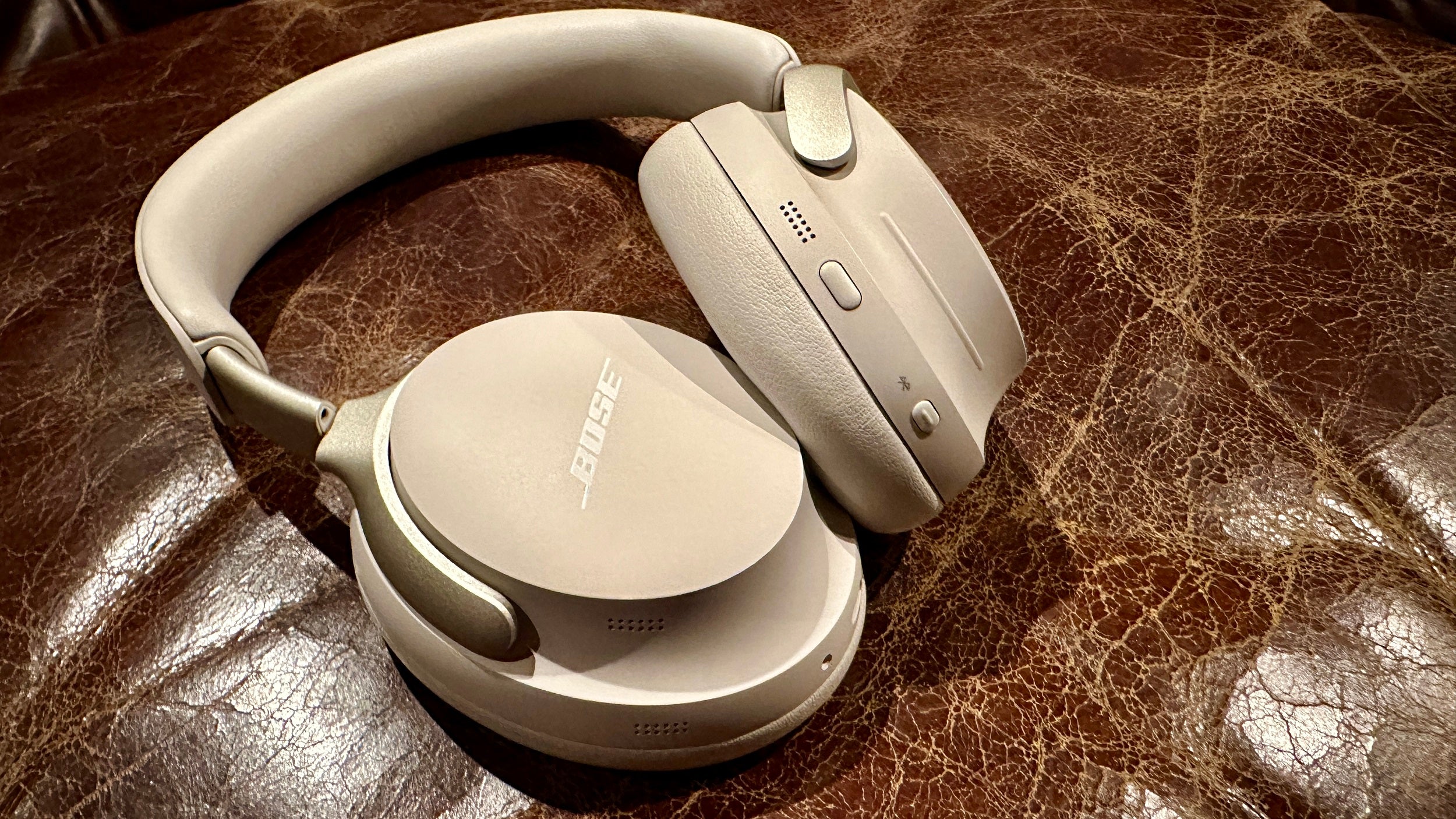



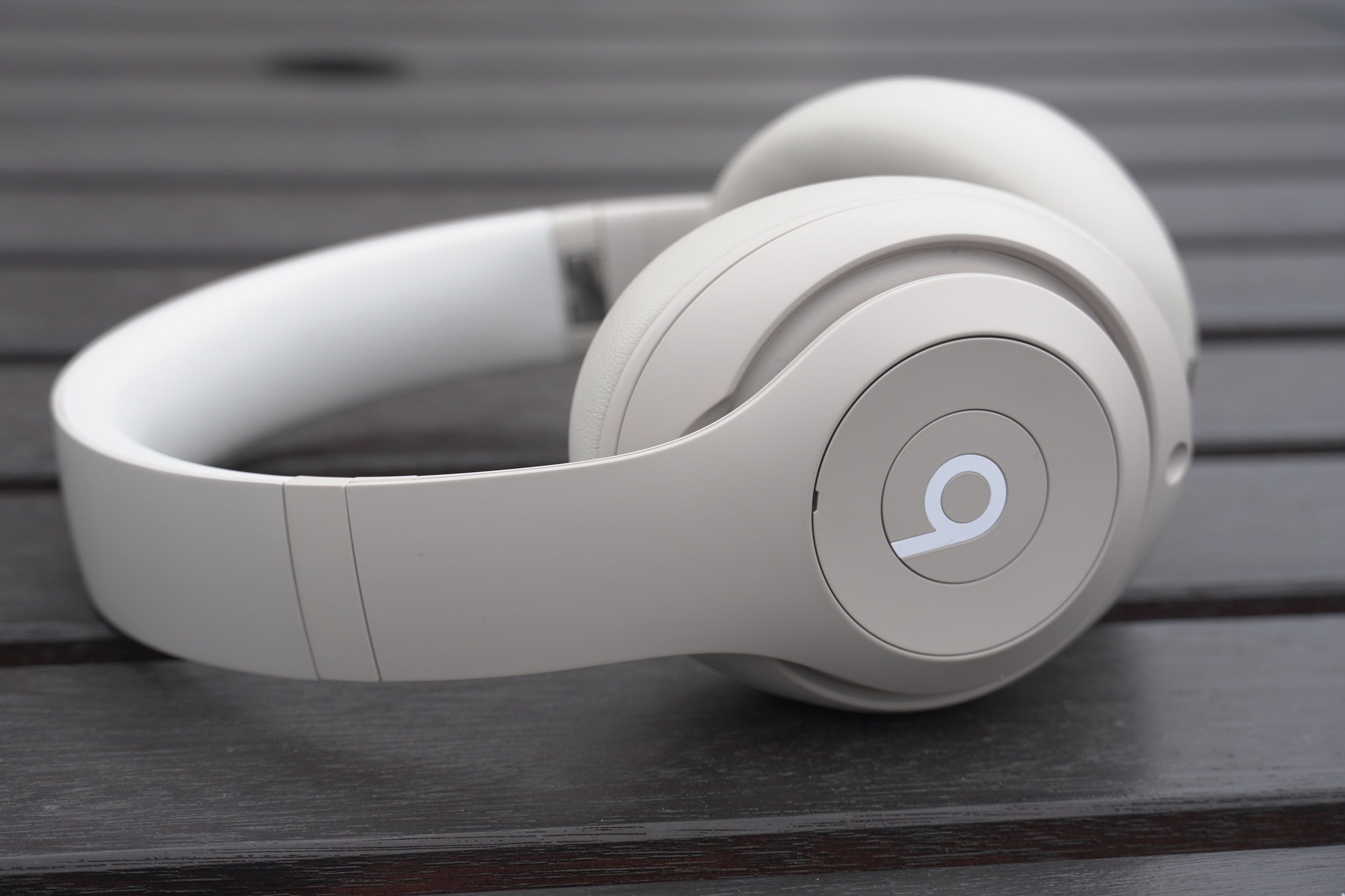

No comments